There are few cameras that evoke as much nostalgia as Fujifilm’s XT system camera series. It rocks backwards thanks to classic controls as shutter speed and ISO sit on large wheels on top of the camera.
The classic design, reminiscent of a camera from the 60’s and 70’s, has accompanied the XT series ever since X-T1 It debuted way back in 2014. It’s now time for the fifth generation, and while the X-T5 deceptively resembles the first camera from 2014, most of it is brand new.
Fujifilm engineers must be busy, because the X-T5 is the third new system camera from them in less than six months. This is perhaps what appeals most to enthusiasts who primarily shoot still images. the other two, X-H2 And the X-H2S, aimed at sports and action, respectively, where maximum image and autofocus speed are of great importance. The X-H2 is more aimed at those who are more demanding in resolution and need more professional video features such as 8K video.
Technically, the X-T5 is based on the same 40.2MP X-Trans CMOS image sensor as the X-H2, with video capabilities reduced and resolution limited to 6.2K — or 10-bit 4K/60p internally — and with 12-bit ProRes RAW video output. via HDMI.
The camera is no slouch, even when compared to the X-H2S which has a frame rate of 40fps. The X-T5 shoots at 20fps with an electronic shutter and 1.29x crop and 15fps with a mechanical shutter. As in the X-H2, the electronic shutter has a minimum shutter speed as low as 1/180,000 sec. But the most natural thing is to compare the X-T5 with its predecessor X-T4 which came in 2020.
Here are the main features of the X-T5:
- New 40.2 MP BSI CMOS image sensor with X-Trans color filter
- 160 megapixels multi-point shift
- 6K/30p video 10-bit 422
- Apple ProRes RAW 12-bit via HDMI
- 5-axis and 7-step image stabilization
- 1/180,000 second electronic shutter
- ISO 64 extended to 51200
- Three-way touch screen
- 580 photos of battery life
- MHG-XT5 Hand Grip
Observant readers may notice that a new grip has appeared. It has been adapted for the X-T5, which has a sharper profile on the integrated grip, providing a more secure grip on the camera compared to the X-T4 and previous models. It’s not as generous as the larger grip on the X-H2, so Fuji has a separate new MHG-XT5 for those who need a better grip. For example, when larger and heavier lenses are used, or when a mounting plate is required for Arca Swiss tripods.
This also means there is no battery grip for the X-T5, as it does for the X-T4.

The camera body has shrunk slightly in all directions, and weight has been reduced, but it’s still airtight and solidly built. Fuji skipped the folded screen and put in the three-way screen we’re familiar with X-H1which can also be angled higher when the camera is raised.
If you look closely at the X-T5’s layers, you’ll see that the shutter-release button is easy to reach and the setting wheels front and back are clickable. The wheel on the right, which sets exposure compensation, is slightly larger and under the ISO wheel on the left, and the shutter speed wheel on the right, you’ll find the same settings as on the X-T4.
The 3.69MP camera lens isn’t as large and sharp as the X-H2 and the X-T5 doesn’t have the H2’s array of CFexpress B and SDXC card slots. Instead, you get two SDXC slots for UHS-II cards.

video
That’s enough to get plenty of 6.2K and 4K videos at up to 30fps and 360Mbps, the maximum resolution and data stream, respectively.
It can record 4K/30p full frame for up to 90 minutes, or 6.2K/30p video with a 1.23x crop for up to 60 minutes. Video can be stored on memory cards in 10-bit 422 HEVC (H.265) format, or in 12-bit Apple ProRes RAW via HDMI to an external recorder. The camera also supports F-Log2 and HLG.
Thus, the video functions are not as advanced as in the X-H2, but the X-T5 is aimed more at photographers than at videographers. The obvious sign is the lack of a headphone jack, which is present on both the X-H2S and X-H2.

picture quality
With the same 40MP image sensor we tested in the X-H2, it’s no surprise that the image quality is similar. Together with the new lens XF 30mm f2.8 Macro delivered the X-T5’s extreme resolution perfectly with what we saw from it Sony A7r IV with 61 megapixels. But color reproduction is more satisfying than the X-T5’s – and the X-H2’s – in terms of beautiful skin tones and smooth shadows. Fuji Film Simulation is the best in the business and black and white with Acros or Monochrome looks simply perfect.
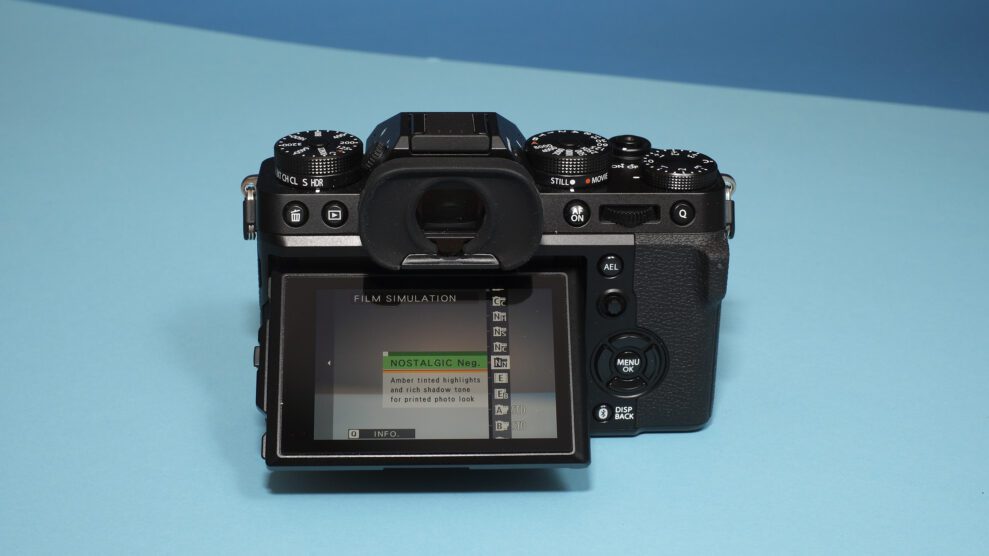
With Fujifilm’s Pixel Shift Multi Shot, the camera takes 20 exposures that are then combined into a 160-megapixel image in Pixel Shift Combiner, a free program for PC and Mac. Then, when the situation requires it, you can retrieve maximum detail resolution, for example when you need an additional high-resolution ad image, or even a repro image.
The same can be done with the X-H2 – which you can read more about in our test at the bottom of the page where image quality is described in more detail.
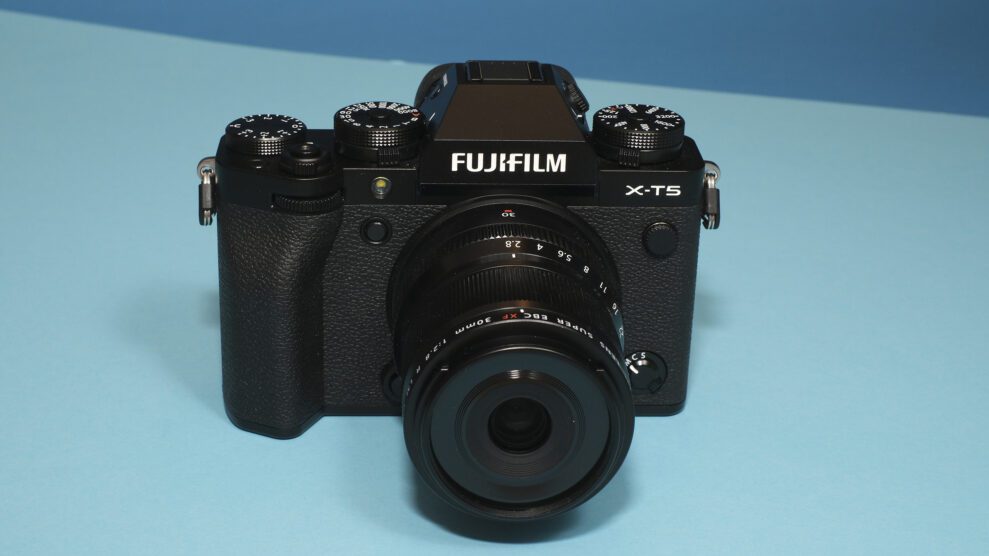
Compared with the
predecessor X-T4 It is the closest one to compare with. On the outside, the differences aren’t too noticeable, and both can record 4K video and manage a frame rate of 15fps. But the X-T5 has better video capabilities and a new 40MP image sensor, which provides higher image quality. Not just in terms of accuracy but in color reproduction and image dynamics.
Like the X-H2, you can take 160MP photos here, and none of the competition come close. Panasonic Lumix S5 It can deliver up to 96MP from a 24MP image sensor (at full frame), but the frame rate is a paltry 5fps. Canon is absolutely excellent EOS R7 camera It’s the closest you’ll get to the X-T5’s performance and image quality. It’s very fast and great to work with, but the range of optics for the R7 is limited.
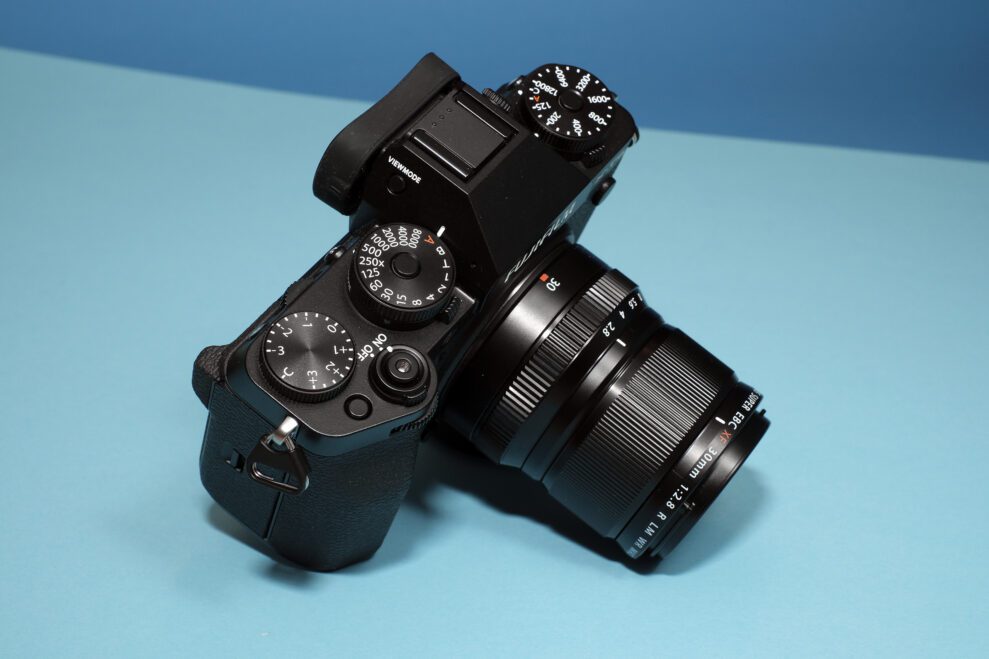
conclusion
Previous cameras in Fujifilm’s XT series have always belonged to the upper echelon of their class. This is also the case with the Fujifilm X-T5. It is the biggest upgrade ever in the series and has had the biggest jump in picture quality since then X-T3 Come 2018. Fans of the series’ retro design won’t be disappointed either. The camera has clear controls that are ideal for photographers who often change settings over time. Perhaps many would consider the fact that the X-T5 is slightly smaller, lighter and at the same time cheaper than the cameras in the XH series as a clear advantage. The fact that Fujifilm has removed the possibility to use the battery grip isn’t a positive for some, we think, but if you want it, you should take a closer look at the X-H2, which has just as good an image quality.

“Entrepreneur. Freelance introvert. Creator. Passionate reader. Certified beer ninja. Food nerd.”


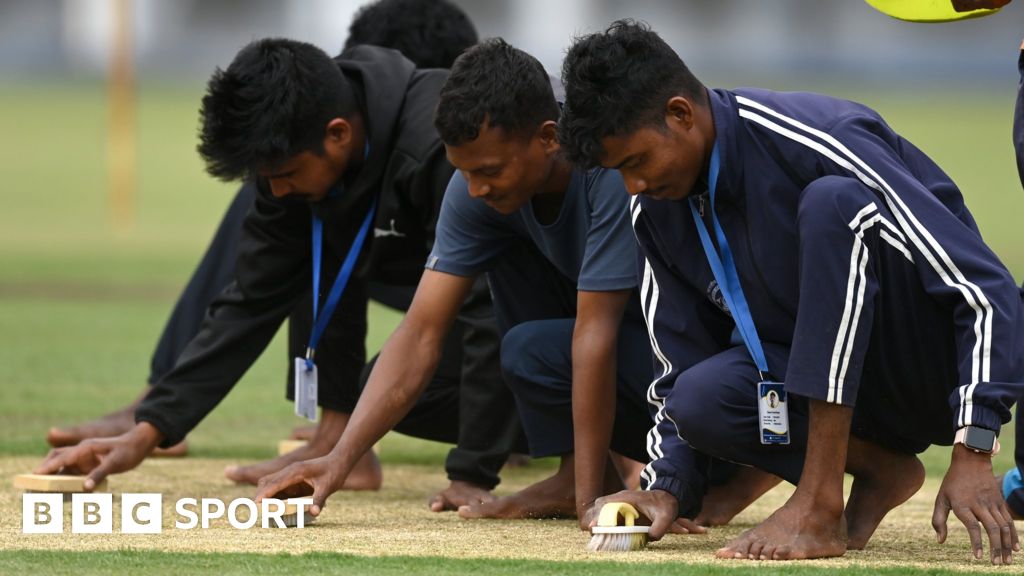

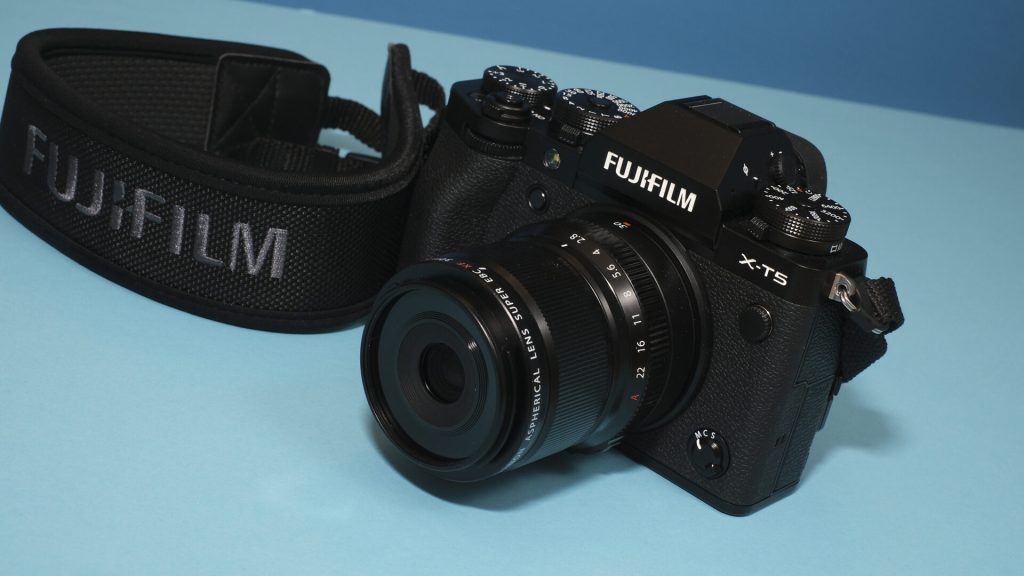
More Stories
Security incidents lead to pay cuts for Microsoft executives
For sale: Trek Top Fuel 7
For sale: Surly Straggler size 56